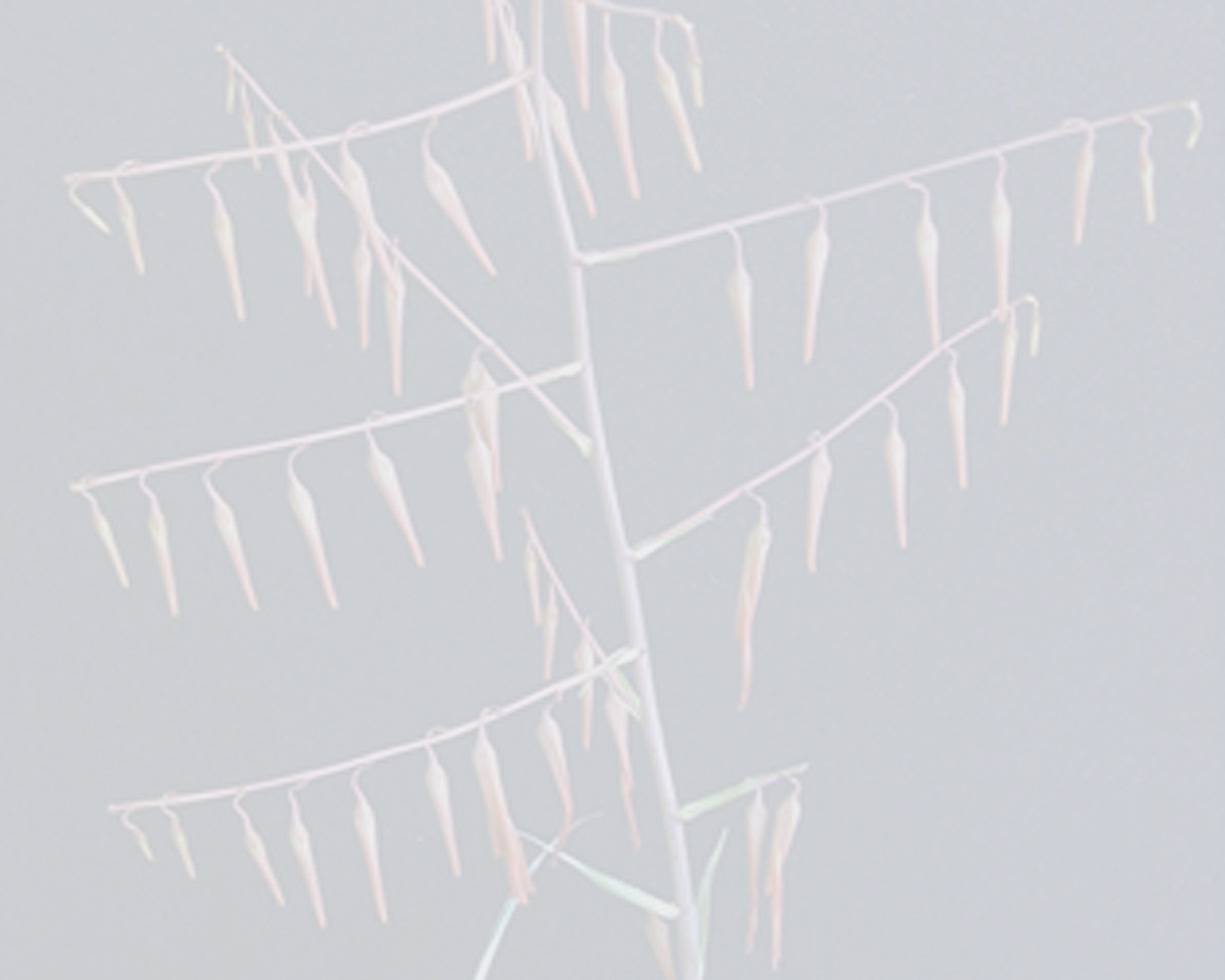


plant a terrestrial, stemless to very short-caulescent, flowering 50–75 cm tall. leaves dimorphic, some reduced to nearly bladeless triangular sheaths and persistent, others linear, deciduous above the sheaths, 40–50 cm long, the remnant spirally incurved; sheath ovate to elliptic, 15–30 x 6–20 mm, entire, somewhat nerved, dark-castaneous and lustrous especially abaxially, pale brown-lepidote especially abaxially; blade absent to very narrowly triangular to linear, nerved, entire, 2–3 mm wide, coriaceous, involute when dried, long-attenuate, pale lepidote abaxially and along the margins. inflorescence: peduncle erect, 25–50 cm x 2–3 mm, fugaceously pale floccose; peduncle bracts erect, the lowest subfoliaceous, the uppermost narrowly elliptic, all slightly exceeding the internodes but not concealing them, pale-lepidote abaxially and along the margins; fertile part simple, 8–15 x 2–3 cm, densely polystichously many-flowered; floral bracts elliptic, acute to long-attenuate, 3–13 mm long, thin, nerved, pale-lepidote, yellow. flowers with a slender 13 mm long pedicel, becoming erect-secund and spreading at ca 45° to 60° from the axis at anthesis, yellow; sepals elliptic, obtuse, 8–10 mm long, nerved, carinate, nearly glabrous; corolla erect, semitubular; petals elliptic to oblanceolate, broadly acute, thin, nerved, 15–17 mm long.Edited from (16-02-2023): Luther 2002b. (protologue) Miscellaneous new taxa of Bromeliaceae (XVII) .